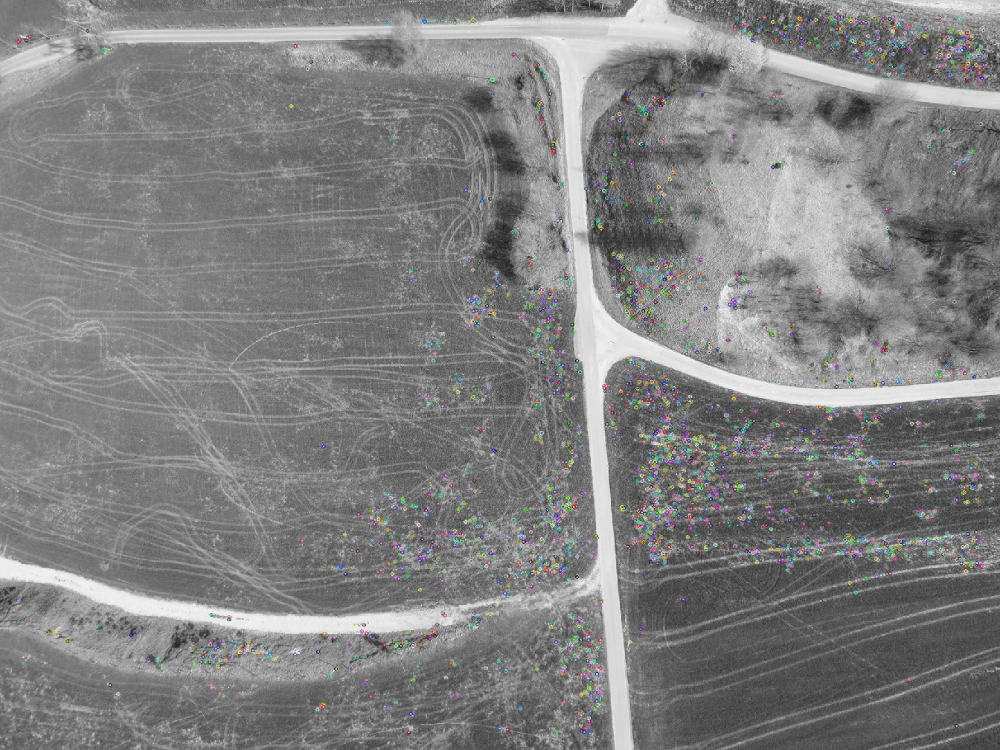ORB keypoints distribution over an image
Hello,
I'm working on stitching aerial images taken with an UAV. My approach works fine for some nadir datasets, but fails for others. I believe that one of the reasons is that for some images most of the keypoints found by ORB are concentrated in some parts of an image, but not over the entire image. How can I achieve more uniform distribution of keypoints using ORB?
Now I use following parameters:
Ptr<ORB> orb = ORB::create(3000, 1.0, 1, 31, 0, 2, ORB::HARRIS_SCORE, 31, 20);




